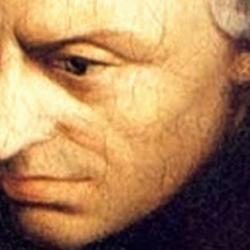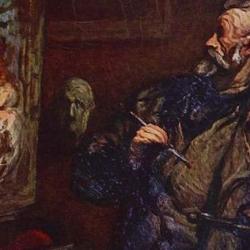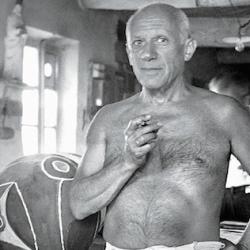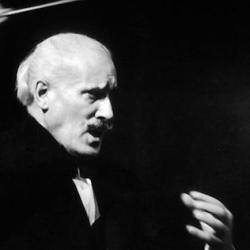The December 20 edition of the NYRB has some arresting photos of bronze statues in a London Royal Academy exhibit, made all the more impressive by the reviewer Andrew Butterfield’s description of the process of bronze sculpture:
“Bronze is very different from most materials of sculpture. The other substances commonly used in pre-modern statuary, such as stone, wood, and clay, are natural materials. But bronze is a human product, made by melting copper together with one or more other metals to create an alloy. First devised in the ancient Near East probably sometime early in the fourth millennium BC , the resulting alloy has many advantages over pure copper. It melts at a lower temperature and thus is easier to cast; and it makes an exceptionally hard metal, one that can be worked in fine detail, and keep a sharp edge. It is excellent for tools, weapons, and bells, as well as sculpture.
“Creating a statue in bronze, however, is far more complex than making one in stone, wood, or clay . . . .
“In those materials, the artist works directly on the final piece (although of course possibly after developing the composition in a series of preliminary studies). A bronze sculpture, on the other hand, usually requires a laborious procedure known as lost-wax casting. There are many steps in the technique, but in essence, the artist must make a model in wax, encase it in a fire-resistant mold, bake out the wax leaving a void in the mold, pour molten metal into this void, let the bronze cool and harden, break open the mold, and then clean up, chase, and polish the bronze. This is the simplest method. But to save on the great cost and weight of bronze, as well as to ensure that the molten metal would cool at an even temperature and not crack, most statues are cast so that they are hollow inside, and to achieve this requires many additional stages of work.”
Contemplate that, and then look at the Portrait Head of King Seuthes III, a Thracian bronze from the 4th/3d century.










